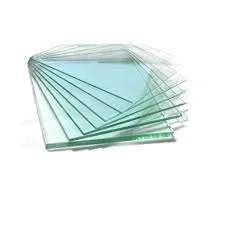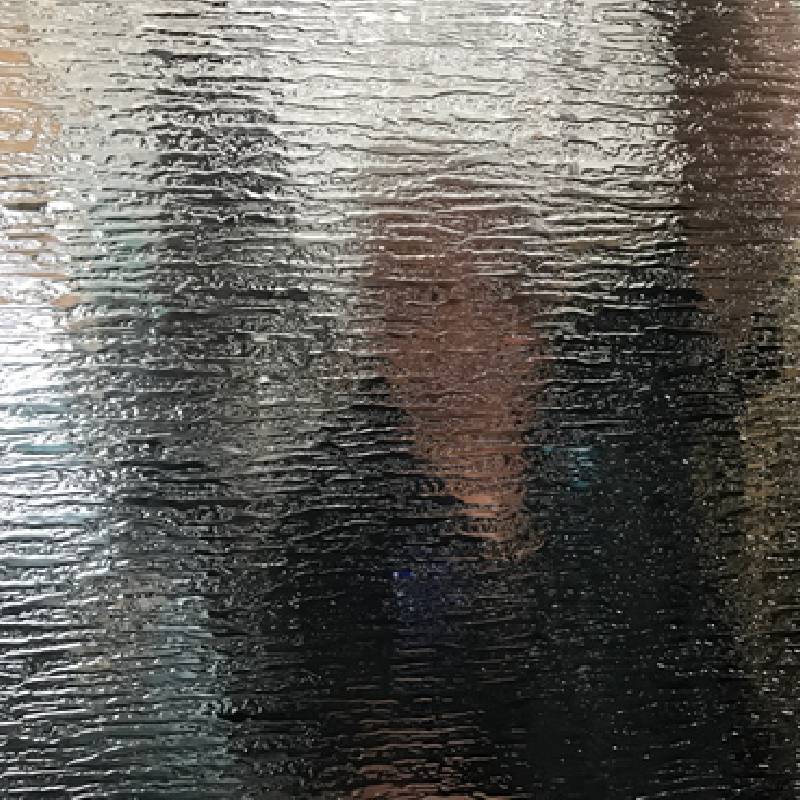Tempered glass stands out in the world of materials due to its robust durability and safety features. It has become an indispensable component in a wide array of products, ranging from smartphone screens to architectural designs. This article dives deep into the intricacies of tempered glass, unraveling the process of its creation and its myriad applications, thereby establishing an authoritative and trustworthy overview of this remarkable material.

The process of making tempered glass begins with ordinary annealed glass which is subjected to a term known as tempering. This transformation involves heating the glass to extremely high temperatures—typically around 600 degrees Celsius—and then rapidly cooling it. This sudden change in temperature introduces compressive stress on the surface of the glass while inducing tensile stress in its interior layers. Such manipulation of physical stress endows tempered glass with its characteristic strength, making it four to five times stronger than standard glass. The rapid cooling process, known as quenching, is critical as it not only fortifies the structure but also equips the glass to shatter into small, blunt pieces rather than sharp shards, significantly reducing injury risks in cases of breakage.
The expertise involved in tempered glass production ensures it meets various safety standards, such as those outlined by ASTM International and the European EN 12150. These standards are a testament to its reliability, ensuring that the glass can withstand regular wear and tear in demanding environments, be it in automotive windows or in high-rise building facades. This meticulous adherence to safety protocols is why tempered glass is synonymous with quality and dependability.

One cannot overlook the extensive application of tempered glass across numerous industries. In consumer electronics, for example, tempered glass screens are prevalent due to their scratch-resistant properties, which preserve the clarity and functionality of devices. In architecture, its ability to withstand wind pressures and its aesthetic versatility allow for creative and groundbreaking designs, offering both beauty and safety. For automotive applications, its ability to endure stress while maintaining visibility and security makes it a preferred choice for vehicle windows.
tempered glass is made of
Additionally,
tempered glass's role extends into the realm of food and beverage safety. In refrigerators and ovens, its thermal resistance capabilities enable functionality at varying temperatures, ensuring that appliances remain safe and efficient in daily operations. This multifaceted utility emphasizes the authoritative position tempered glass holds across diverse domains.
For consumers and businesses alike, the trustworthiness of tempered glass is grounded in its proven track record and rigorous testing standards. Companies specialize in pushing the boundaries of tempered glass innovations which continue to evolve. Recent advances in technology mean that the properties of tempered glass can be further tailored to meet specific needs, such as enhanced UV protection for outdoor applications or increased soundproofing qualities for urban settings.
As with every reliable product, understanding the origins and capabilities of tempered glass enhances appreciation while ensuring informed decision-making. For those engaged in product manufacturing, architecture, or even consumers seeking the best option for their gadgets, tempered glass offers a level of security and performance unmatched by other glass types. Its fusion of strength, safety, and versatility underpins its esteemed standing in the material world, ensuring that tempered glass remains a lasting and influential presence across industries, securing its place as a material of choice today and for future innovations.
 Afrikaans
Afrikaans  Albanian
Albanian  Amharic
Amharic  Arabic
Arabic  Armenian
Armenian  Azerbaijani
Azerbaijani  Basque
Basque  Belarusian
Belarusian  Bengali
Bengali  Bosnian
Bosnian  Bulgarian
Bulgarian  Catalan
Catalan  Cebuano
Cebuano  Corsican
Corsican  Croatian
Croatian  Czech
Czech  Danish
Danish  Dutch
Dutch  English
English  Esperanto
Esperanto  Estonian
Estonian  Finnish
Finnish  French
French  Frisian
Frisian  Galician
Galician  Georgian
Georgian  German
German  Greek
Greek  Gujarati
Gujarati  Haitian Creole
Haitian Creole  hausa
hausa  hawaiian
hawaiian  Hebrew
Hebrew  Hindi
Hindi  Miao
Miao  Hungarian
Hungarian  Icelandic
Icelandic  igbo
igbo  Indonesian
Indonesian  irish
irish  Italian
Italian  Japanese
Japanese  Javanese
Javanese  Kannada
Kannada  kazakh
kazakh  Khmer
Khmer  Rwandese
Rwandese  Korean
Korean  Kurdish
Kurdish  Kyrgyz
Kyrgyz  Lao
Lao  Latin
Latin  Latvian
Latvian  Lithuanian
Lithuanian  Luxembourgish
Luxembourgish  Macedonian
Macedonian  Malgashi
Malgashi  Malay
Malay  Malayalam
Malayalam  Maltese
Maltese  Maori
Maori  Marathi
Marathi  Mongolian
Mongolian  Myanmar
Myanmar  Nepali
Nepali  Norwegian
Norwegian  Norwegian
Norwegian  Occitan
Occitan  Pashto
Pashto  Persian
Persian  Polish
Polish  Portuguese
Portuguese  Punjabi
Punjabi  Romanian
Romanian  Russian
Russian  Samoan
Samoan  Scottish Gaelic
Scottish Gaelic  Serbian
Serbian  Sesotho
Sesotho  Shona
Shona  Sindhi
Sindhi  Sinhala
Sinhala  Slovak
Slovak  Slovenian
Slovenian  Somali
Somali  Spanish
Spanish  Sundanese
Sundanese  Swahili
Swahili  Swedish
Swedish  Tagalog
Tagalog  Tajik
Tajik  Tamil
Tamil  Tatar
Tatar  Telugu
Telugu  Thai
Thai  Turkish
Turkish  Turkmen
Turkmen  Ukrainian
Ukrainian  Urdu
Urdu  Uighur
Uighur  Uzbek
Uzbek  Vietnamese
Vietnamese  Welsh
Welsh  Bantu
Bantu  Yiddish
Yiddish  Yoruba
Yoruba  Zulu
Zulu 


